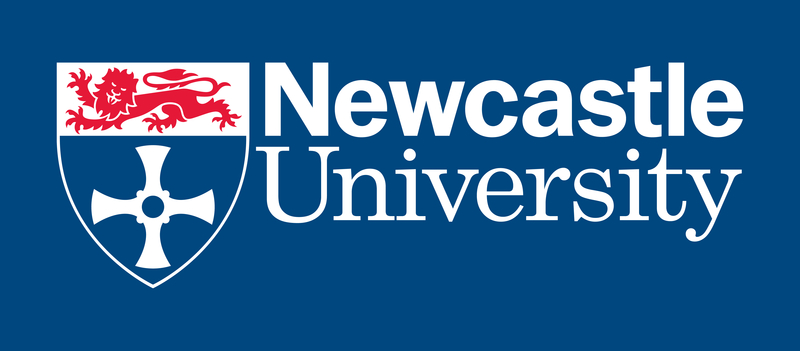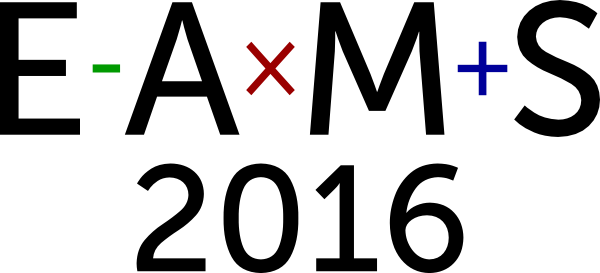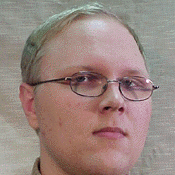STACK with state
The question model of STACK provides an easy way for building automatically assessable questions with mathematical content, but it requires that the questions and their assessment logic depend only on the current input, given by the student all at once. However, the present STACK question model already has just the right form for extending it with state-variables that would lift this limitation. In this article, we report our recent work on the state-variable extension for STACK, and we also discuss combining the use of state-variables with our previous work on conditional output processing. As an outcome, we propose an expansion to the STACK question model, allowing the questions to be state-machines instead of pure functions of a single input event from the student.
We present a model question, using the state variable extension of STACK, that demonstrates some of the new possibilities that open up for the question author. This question is based on a cyclic state machine in its assessment logic, and it demonstrates aspects of strategic planning to solve problems of recursive nature. The model question also demonstrates how the state machine can interpret the solution path, taken by the student, so as to dynamically modify the question behaviour and progress by, e.g., asking additional questions relevant to the path. We further explore the future possibilities from the point of view of learning strategic competencies in mathematics [1,2].
A paper following this talk appeared in the EAMS 2016 special issue of MSOR Connections.
[1] Kilpatrick, J., Swafford, J. & Findell, B. (eds.) (2001). Adding it up: Helping children learn mathematics. Mathematics Learning Study Committee, Center for Education, Division of Behavioral and Social Sciences and Education, National Research Council. Washington, DC: National Academy Press.
[2] Rasila, A., Malinen, J., & Tiitu, H. (2015). On automatic assessment and conceptual understanding. Teaching Mathematics and its Applications, 34(3), pp. 149-159.


